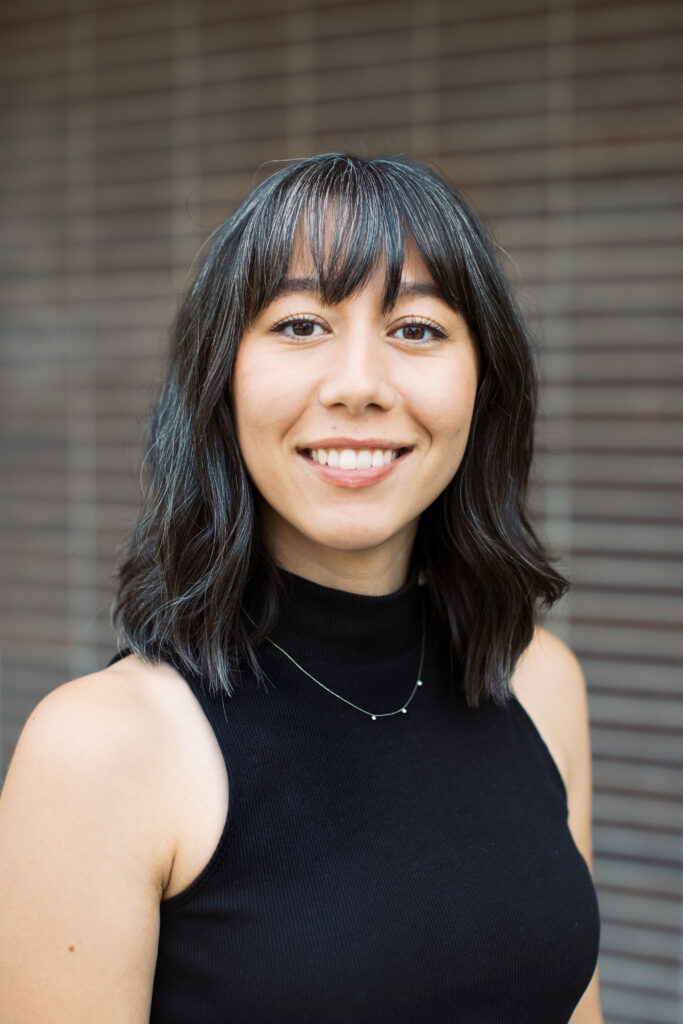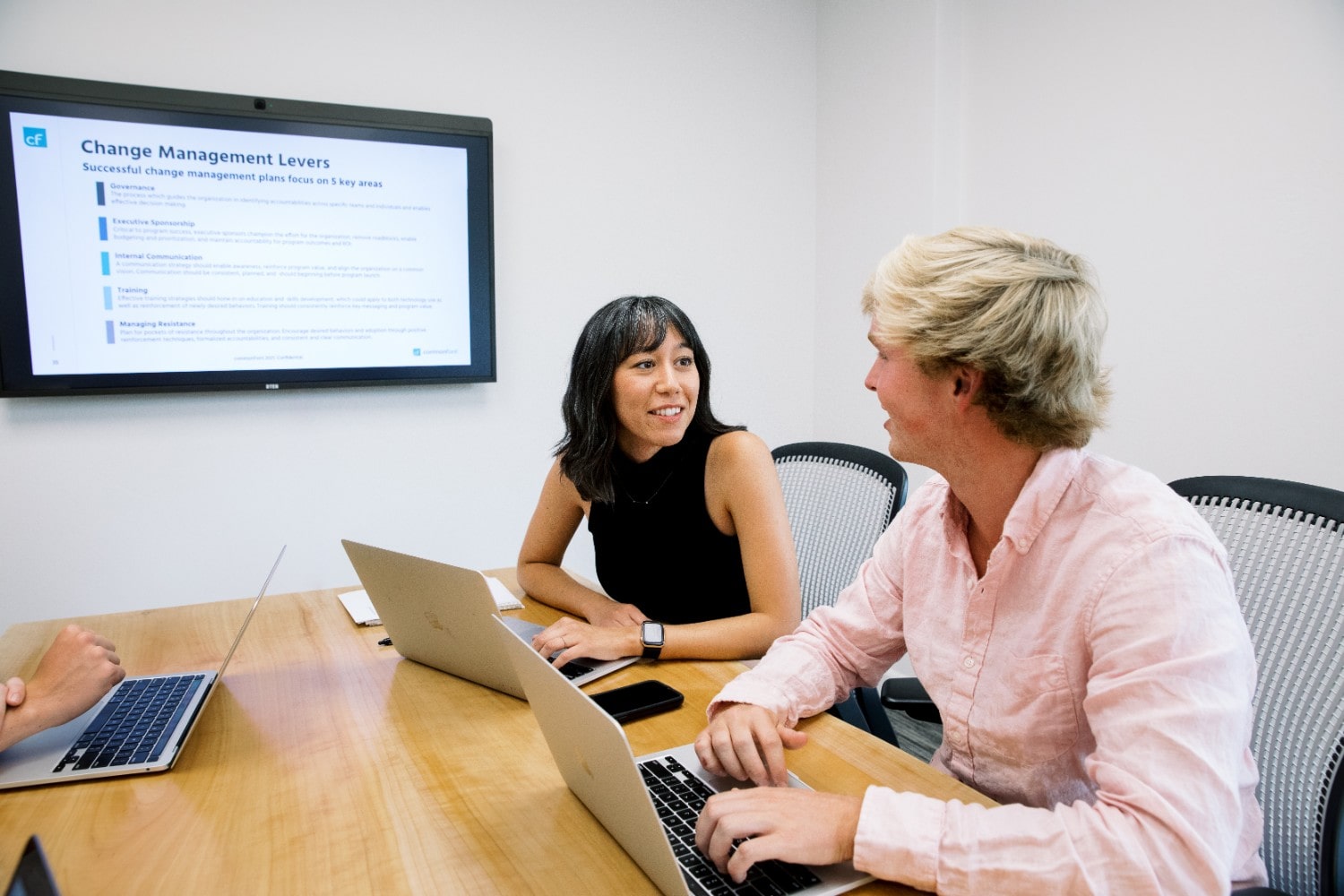Imagine going on a road trip: you’d never get in your car without planning the route to your destination. What does this have to do with Experience Management (XM)? Without the direction of a strategic plan, XM programs often waste time and money, and may lose customers in the process. XM design serves as that strategic plan, getting you from point A to point B by emphasizing the importance of the “why” behind collecting feedback. This unified and cohesive strategy is essential in directing you to your final destination: an exceptional experience.
Importance of Strategic Design
CX practitioners often recognize a problem in the customer journey and work to address that problem by asking customers for feedback. They’ve taken the right first step by collecting data from their customers, but without a proper strategy in place, they can’t fix their problem. They may find themselves stuck in a pattern of measuring customer data that lacks actionability.
Instead, the solution to a stagnant program is to create a strategic method, informed by key business objectives, that collects the right feedback to drive action and change. Enter XM design.
How Clients Use XM Design
What does this look like in practice? Here is an example commonFont customer journey:
- A financial services company launched a new product intended for a specific audience – young investors – with a goal of increasing this audience’s app usage.
- On the backend, they were able to see that their target customers were taking the first step of creating an account but were not actively funding or trading in the app.
- commonFont developed a digital intercept that targeted the young investor audience, collected feedback, and identified the friction point.
- We then brought it back to the primary business objective of appealing to the target audience and increasing their app usage. By designing with this goal in mind, the client could eliminate the pain points, improve the customer experience, and reach their goal of increasing app usage among young investors.
The First Step
Implementing a strategic XM design can appear overwhelming and inaccessible. Our advice to organizations taking their first steps with XM design is to start small; you don’t have to completely overhaul your program to practice XM design.
- First, identify your core business objectives. Your business objective should point toward your organization’s broader goal rather than any one CX metric. What is your North Star?
- As a thought experiment, ask yourself and your team: “If you had the right data to solve your most pressing problem, what would you tackle first?” Rather than limit your vision to the short-term goal of collecting data, look toward what this data could mean for your organization.
- Consider your ideal customer journey and outcome. What is stopping you from getting there?
XM Design in Practice
Rather than designing a XM program centered around metrics, curate a program that prioritizes the business objectives and the associated customer journey. Keeping the customer at the center of the equation ensures that feedback is acted on to eliminate pain points, enhance the overall experience, and reconnect with the program’s initial objectives. Design with the end in mind by identifying, evaluating, and prioritizing your top business objectives. As you embrace your newly identified “North Star,” an expert services team can be your guide creating and implementing an intentional XM design strategy, supporting you and your team every step of the way.

Hadallia Bergeron
As a Solutions Architect at commonFont, Hadallia advances the company’s solution strategy and technology practices. Before commonFont, Hadallia was a doctoral candidate at Northwestern University, where she received her PhD in Materials Science and Engineering.



